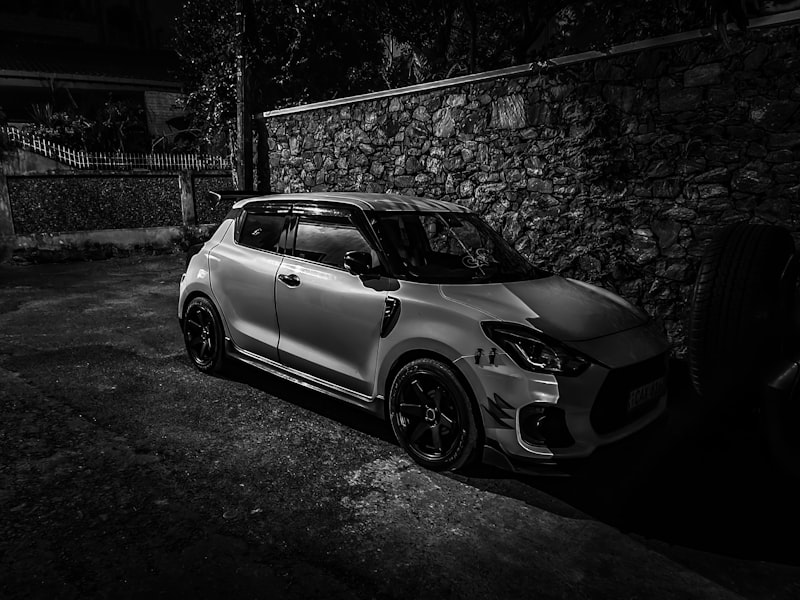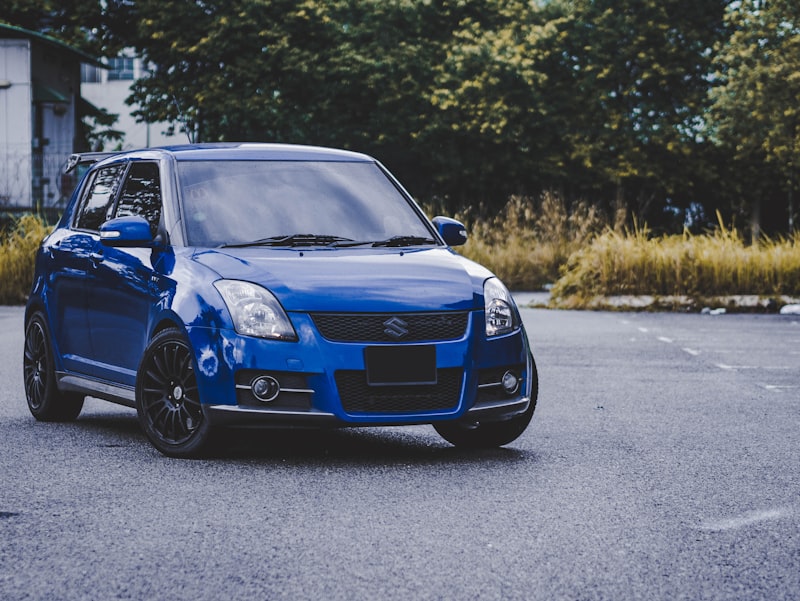The Suzuki Swift is a popular car, but there are certain years that you should avoid if you want to minimize potential issues. When considering a Suzuki Swift, it is important to be aware of the problematic years. Here is a list of the most common problems associated with specific years:
- 2004: Engine stalling issues
- 2005: Transmission failure
- 2007: Ignition coil problems
- 2010: Electronic power steering failures
- 2012: Oil consumption and engine misfire concerns
These are just a few examples of the known problems that have been reported in specific years of the Suzuki Swift. By avoiding these years, you can increase your chances of owning a more reliable and trouble-free vehicle. Remember to thoroughly research the specific model year before making a purchase decision to ensure a smooth driving experience.
Troubled Years of Suzuki Swift
2004: Engine Stalling Issues
The year 2004 had its fair share of engine stalling problems in the Suzuki Swift. Owners reported instances where the engine would suddenly shut off during operation, causing inconvenience and potential safety concerns. This issue could be attributed to various factors, such as faulty fuel injectors, ignition system malfunctions, or sensor failures. It is advisable to exercise caution when considering a 2004 Suzuki Swift due to this problem.
2005: Transmission Failure
In 2005, Suzuki Swift faced a significant issue with transmission failure. Many owners experienced sudden transmission malfunctions, including slipping gears, difficulty shifting, or complete transmission failure. This problem could result from a range of causes, such as defective clutch systems, worn-out gears, or hydraulic failures. If you encounter a 2005 Suzuki Swift, it is crucial to thoroughly inspect the transmission and consider the potential repair costs associated with this problem.
2007: Ignition Coil Problems
The year 2007 saw a common issue with ignition coil failures in the Suzuki Swift. Faulty or malfunctioning ignition coils can lead to engine misfires, rough idling, reduced power, and even difficulty starting the vehicle. These problems are often caused by electrical issues, overheating, or general wear and tear on the ignition components. When considering a 2007 Suzuki Swift, it is important to check the ignition system’s condition and performance.
2010: Electronic Power Steering Failures
In 2010, some Suzuki Swift models experienced electronic power steering failures. This problem could manifest as sudden loss of power steering assistance, making it more challenging to steer the vehicle, especially at lower speeds or during parking maneuvers. The failure might arise from issues with the power steering control module, sensors, or wiring. If you come across a 2010 Suzuki Swift, it is advised to inspect the power steering system and evaluate the potential costs of repair.
2012: Oil Consumption and Engine Misfire Concerns
The year 2012 brought about concerns regarding excessive oil consumption and engine misfires in the Suzuki Swift. Some owners reported their vehicles consuming more oil than normal, potentially leading to engine damage or failure if left unaddressed. Additionally, engine misfires were observed, causing rough running, reduced power, and increased fuel consumption. These issues could be attributed to faulty piston rings, valve seals, or other internal engine components. If considering a 2012 Suzuki Swift, it is crucial to check the oil consumption levels and ensure proper engine performance.

Important Points to Know
- The Suzuki Swift has had specific years with known problems that should be avoided.
- Troubled years include 2004, 2005, 2007, 2010, and 2012.
- Issues in these years range from engine stalling, transmission failure, ignition coil problems, electronic power steering failures, to oil consumption and engine misfire concerns.
- It is crucial to thoroughly inspect the vehicle and assess potential repair costs before purchasing a Suzuki Swift from any of these troubled years.
Final Words
When considering buying a used Suzuki Swift, it is important to be aware of the troubled years and the associated problems. By avoiding the specific years mentioned above, you can minimize the chances of encountering these common issues. However, it is always recommended to conduct a thorough inspection and consider a professional assessment before making a purchase decision. Taking these precautions will help ensure a more reliable and enjoyable ownership experience.

